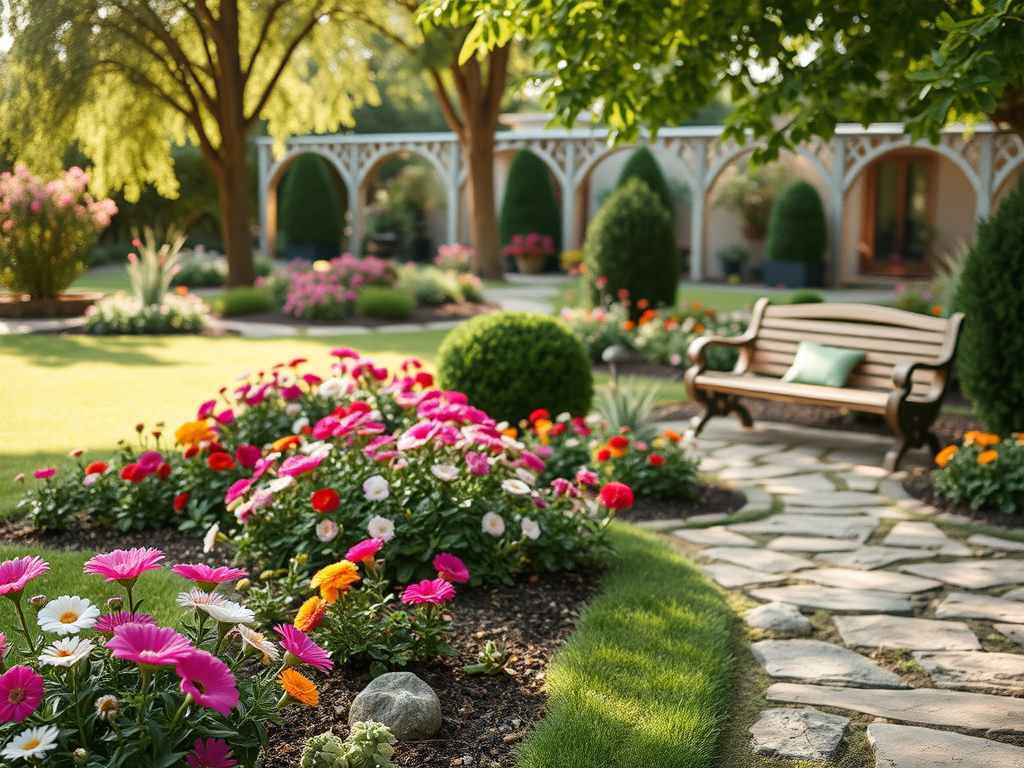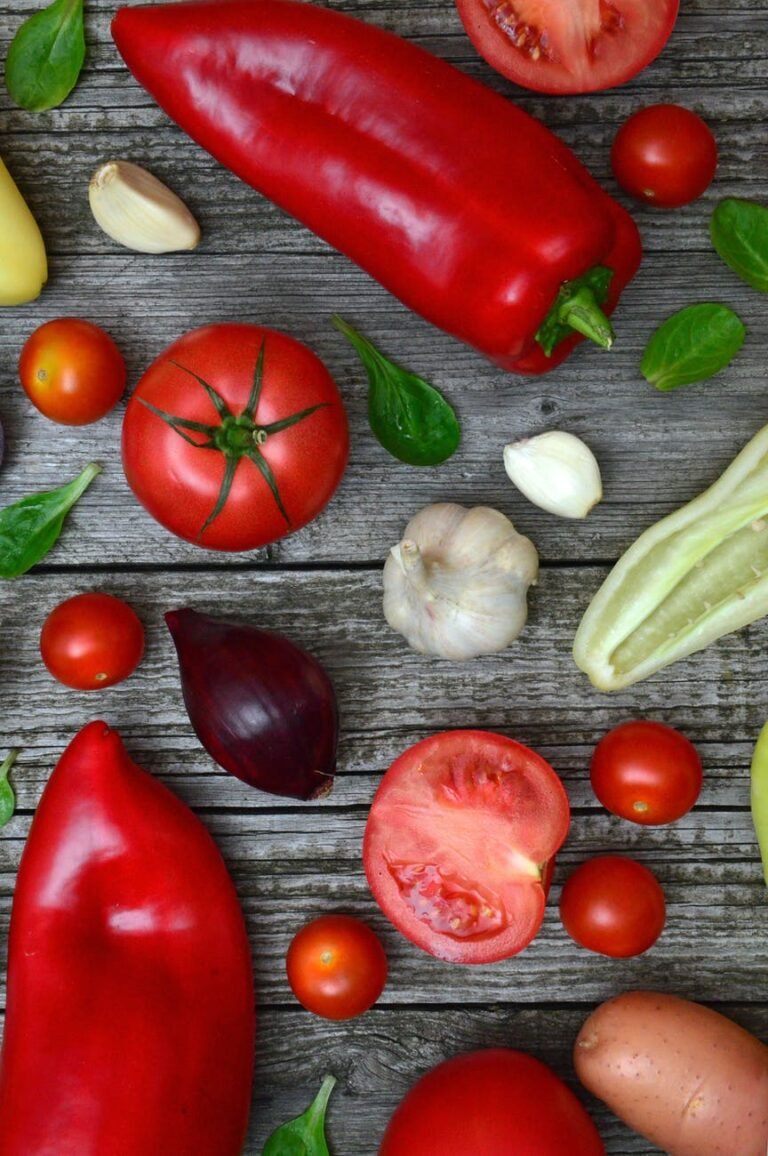Comprehensive Guide to Garden Design: How to Create a Beautiful and Functional Outdoor Space
Introduction to Garden Design
Creating a stunning Garden Design is more than just planting flowers. A well-designed garden harmonizes with its surroundings, serving as a sanctuary for relaxation, a space for entertainment, or a place for growing food. To achieve this, we must balance aesthetics, functionality, and the unique needs of the garden’s location.

Step-by-Step Garden Design Process
1. Assess Your Space and Conditions
Before beginning any garden design, we must first evaluate the space and the existing conditions. This involves:
- Measuring the area: Understanding the dimensions of the space available for planting and hardscaping.
- Sunlight exposure: Analyzing how much sunlight different parts of the garden receive throughout the day.
- Soil quality: Testing the soil to determine its pH level and texture, which impacts plant choices.
- Climate and microclimate: Factoring in your region’s climate and any microclimates that exist within your garden.
2. Define Your Garden Design Purpose
Every garden has a primary function, whether it’s a quiet retreat, a vegetable plot, or an outdoor entertaining area. Key considerations include:
- Relaxation vs. recreation: Do you envision a tranquil garden with seating areas or one with active spaces for children or pets?
- Food production: If growing vegetables and herbs is a priority, plan for raised beds or defined plots.
- Wildlife attraction: Designing to attract birds, bees, or butterflies often involves choosing native or pollinator-friendly plants.
3. Choose a Garden Design Style
Selecting a style helps create a cohesive and visually pleasing design. Popular garden styles include:
- Formal Gardens: Characterized by symmetry, structured paths, and topiary.
- Cottage Gardens: Known for their informal layout, dense plantings, and a mix of flowering plants.
- Modern Minimalist Gardens: Incorporating clean lines, sleek materials, and limited plant varieties for a contemporary look.
- Xeriscapes: Low-water gardens that use drought-tolerant plants and often feature rock or gravel designs.
4. Plan Your Garden Design Layout
The layout of the garden plays a crucial role in its functionality. A well-thought-out plan should account for:
- Zoning: Separating areas by their function, such as relaxation zones, planting beds, and pathways.
- Focal points: Use statues, water features, or specimen trees to create focal points.
- Pathways: Paved walkways or gravel paths not only provide structure but also guide visitors through the space.
- Vertical elements: Incorporate trellises, pergolas, or walls to create height and depth in the design.
5. Select the Right Plants
Choosing plants based on the garden’s style, location, and climate is essential for long-term success. Consider the following factors:
- Native plants: Selecting plants native to your region ensures they are well-suited to the local climate and soil.
- Seasonal interest: Plan for year-round interest by including a mix of plants that bloom in different seasons.
- Plant hardiness: Ensure that all plants are suited to your USDA Hardiness Zone.
- Layering plants: Use a mix of groundcovers, shrubs, and trees to create visual depth and interest.
6. Add Hardscaping Elements
Hardscaping elements are the structural components that give a garden its shape and form. Popular hardscaping features include:
- Patios and decks: Provide areas for seating and outdoor dining.
- Walkways: Paths made from gravel, stone, or brick that help navigate through the garden.
- Retaining walls: Use walls to create terraces, define spaces, or manage sloped gardens.
- Water features: Incorporate ponds, fountains, or waterfalls for both aesthetic and soothing purposes.
7. Irrigation and Water Management
An efficient irrigation system is vital for a healthy garden, especially in regions with inconsistent rainfall. Options include:
- Drip irrigation systems: Deliver water directly to the base of plants, minimizing evaporation and waste.
- Soaker hoses: A more affordable alternative, best for small garden beds.
- Rainwater harvesting: Install rain barrels or cisterns to collect and reuse rainwater for irrigation.
8. Garden Maintenance Plan
A well-designed garden requires regular upkeep. To maintain its beauty and function:
- Pruning and trimming: Regularly prune shrubs and trees to maintain their shape and health.
- Mulching: Use organic mulch to retain moisture, suppress weeds, and improve soil health.
- Seasonal plant care: Fertilize, water, and care for plants based on their seasonal needs.
- Pest control: Monitor for pests and diseases and treat promptly with eco-friendly solutions.
Conclusion
Designing a garden is a rewarding process that combines creativity, planning, and functionality. By following these comprehensive steps—from assessing your space and defining your garden’s purpose to choosing the right plants and maintaining the garden—you can create a space that not only enhances your home but also provides beauty, peace, and sustainability.
- The Complete Guide to Organic Gardening
- The Art and Science of Gardening: Cultivating a Thriving Garden
- The Stunning Beauty of Ranunculus: A Comprehensive Guide
- Peonies: Why Are They So Special?
- The Magnificent Magnolia Tree: A Comprehensive Guide
Ecorganicas
🧪 Experience: At Ecorganicas.com, we don’t just write about organic gardening — we live it.
🎓 Expertise: Over 5 years of experience in organic farming. We’ve helped hundreds of beginner gardeners through our blog, YouTube videos, and community workshops to start their own eco-friendly gardens.
🌐 Authority: Ecorganicas is trusted by thousands of monthly readers and has been featured in several niche gardening communities, and various Facebook groups focused on sustainable living. Our gardening guides are shared across Pinterest, Instagram, and YouTube by both hobbyists and eco-bloggers.
🔒 Trustworthiness: This blog is 100% transparent. Every technique we share is backed by personal trial or well-referenced sources. We regularly update our articles to reflect the latest in eco-friendly gardening practices — Some articles may contain affiliate links, but we only recommend tools and products we personally use in our garden.







